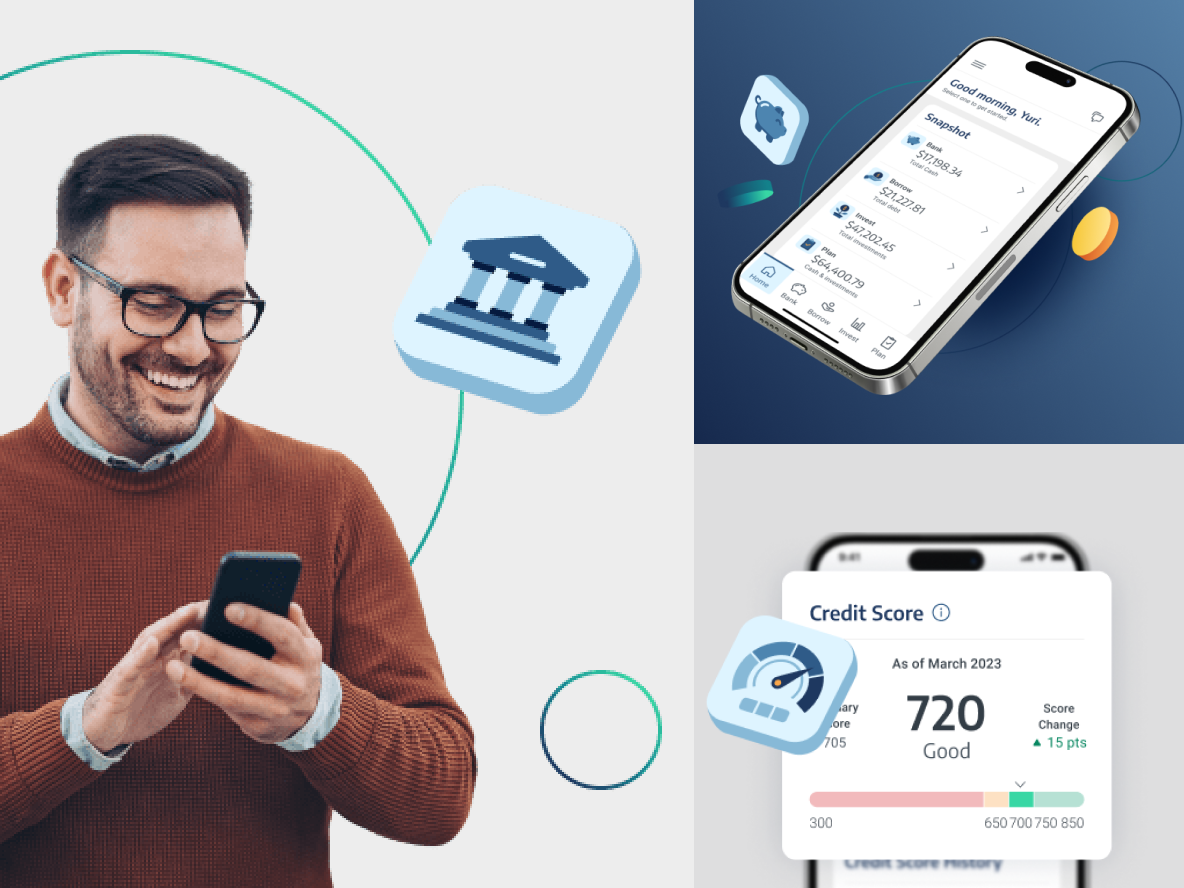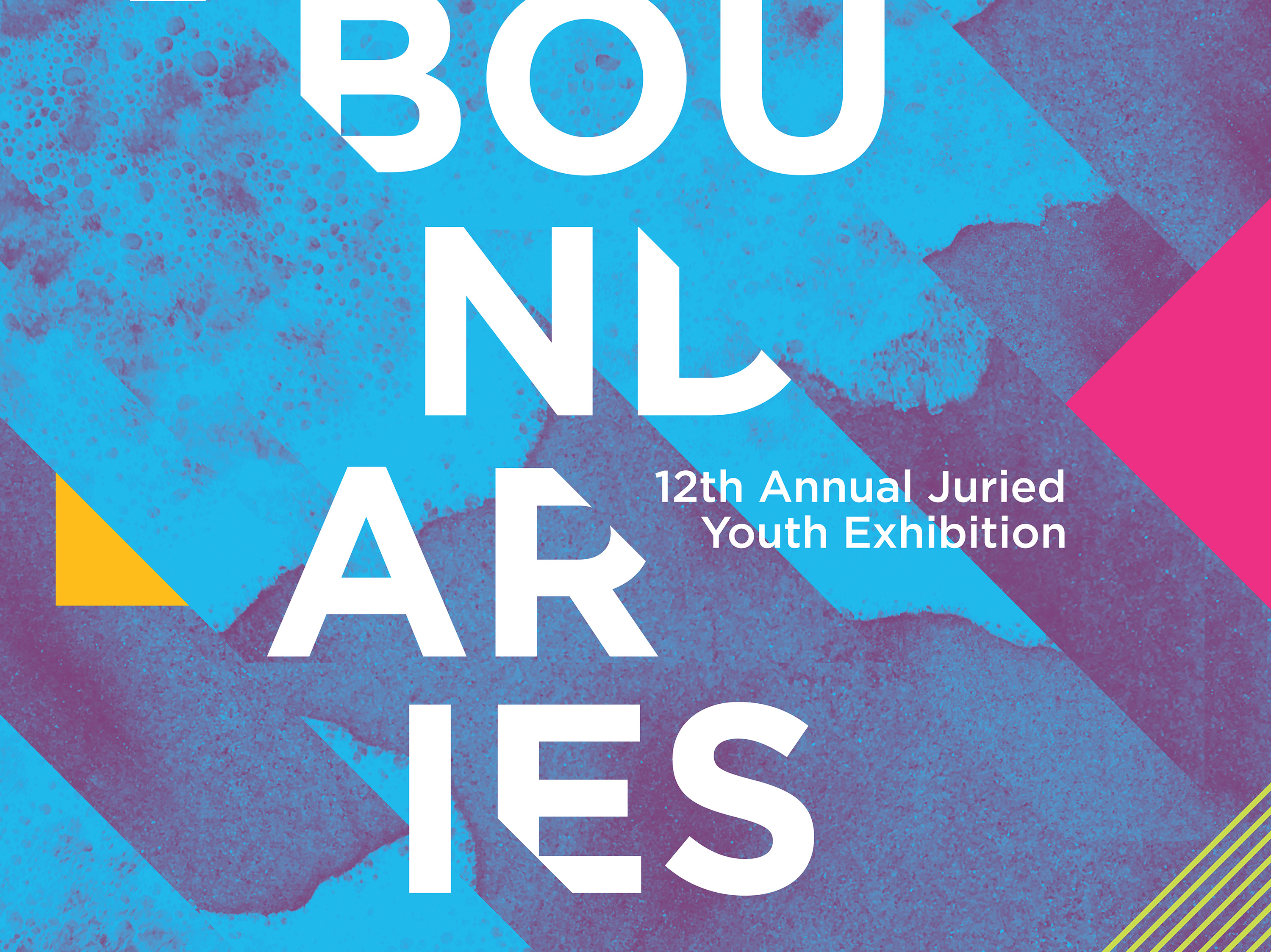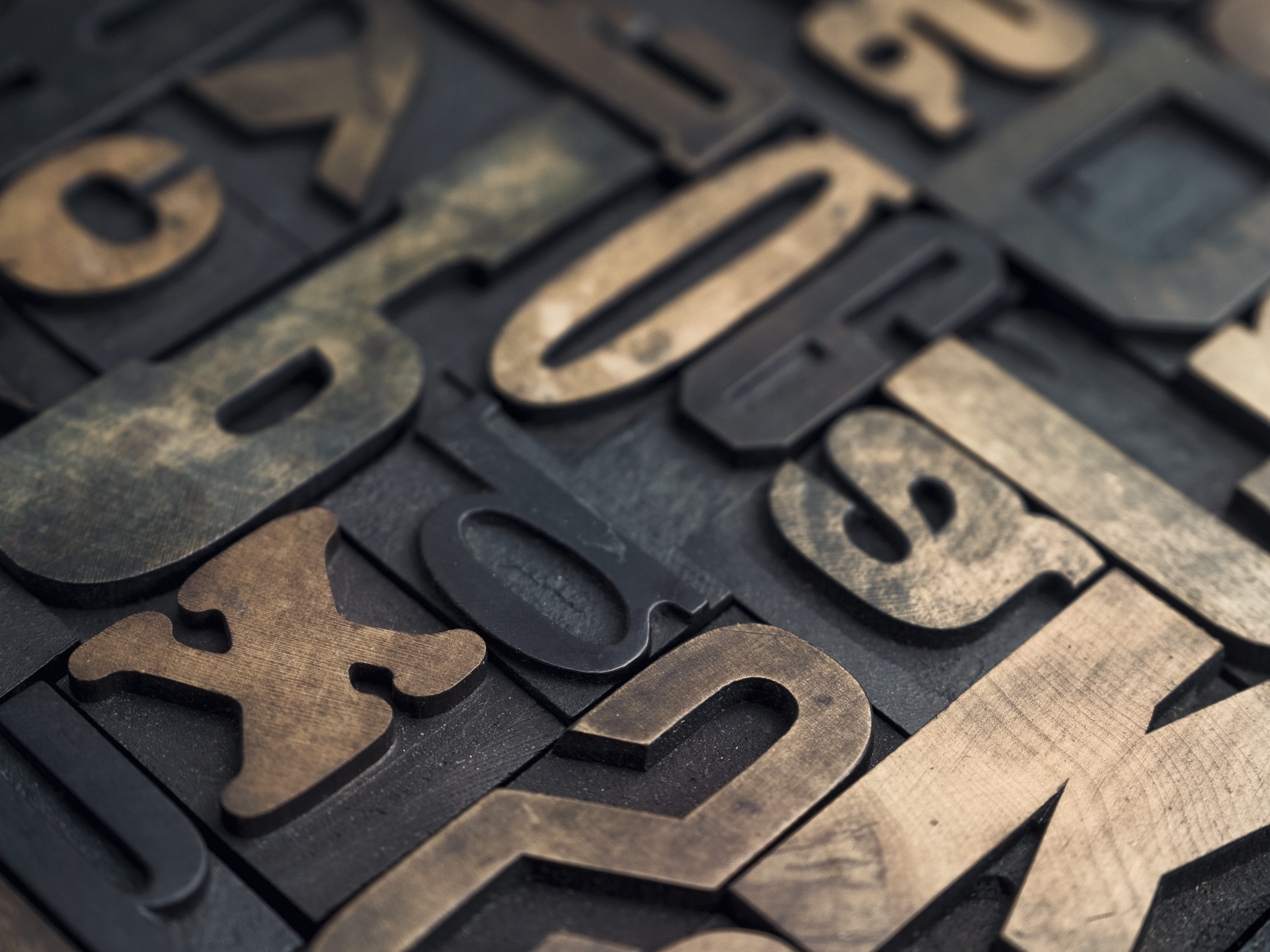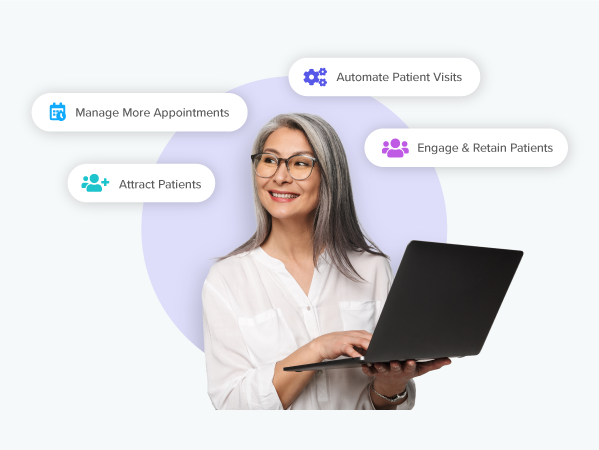The Museum of Photographic Arts (MOPA) in San Diego sought out to improve the visitor engagement from families with young kids with a self-led customer experience and prototype for a hand-held activity passport.
Challenge
MOPA's main exhibition space consist of modern minimalist interior with white walls and gallery lighting that spotlight its curated photographs. While the museum embodies a traditional “no touch” gallery policy, the museum is looking to increase the engagement, length of time spent in the museum and to encourage families with young children to regularly visit the museum all year long.
How might we create a more engaging experience for visiting families with young children within the constraints of a traditional gallery environment?
My Role
In partnership with MOPA's Youth & Family Programs Department, I was responsible to design a self-led customer experience and prototype for a hand-held activity passport. This project is catered to visiting families with young children. Both museum staff and I were responsible for user testing. The development of the activities were provided by the talented educators of the museum.
Process
01 Discover
Contextual User Research
Contextual User Research
02 Define
Empathy Map
Empathy Map
03 Design
User Journey Map
User Journey Map
04 Deliver
Hand-Held Prototype
Hand-Held Prototype
Solution
An activity passport with self guided activities enables families with young children to engage with each exhibit throughout the museum. This leads to longer visits, encourages repeat visits and more interaction between parent, child and museum.
01 Discover
Contextual User Research
I began by establishing a closer look at the target audience’s experience and behavior during their museum visit through onsite observations.
Kids couldn't wait to check out the Museum's Gift Shop. Parents and grandparents would take advantage of this interest to bribe their children to spend more time in the "not-so-fun" gallery rooms.
Insights
Young children spent most of their time in the room with an interactive photo booth installation and engaged with conversation prompts placed adjacent to the art.
Parents and grandparents were rushed and distracted in the formal gallery spaces as they were trying to keep up with the children as they quickly skimmed through the photographs.
Children could not wait to check out the Museum's Gift Shop. Parents and grandparents would take advantage of this interest to bribe their children to spend more time in the "not-so-fun" gallery rooms.
02 Define
Building User Empathy
After a few observation visits and conversations with families, I created an empathy map to get an overview of their attitudes and behaviors; which led to a deeper understanding of targeted audience and revealed overlooked details of their experience.
Insights
The differences of attention span between parents and their children cause friction as children lose interest and become restless in the middle of their visit.
Parents are interested in finding more effective ways to keep their children engaged.
There is a conceptual barrier between parents and their children that challenges families to enjoy a shared learning experience.
What are we really solving?
With greater context and empathy, I was able to reframe the problem and focus on a research-driven design challenge.
Problem Statement:
Families with young children need a way to mutually engage and interact with museum exhibitions. Children are finding it difficult to relate to the art in a traditional gallery setting.
How might we...
...create a more engaging experience for visiting families with young children within the constraints of a traditional gallery environment?
03 Design
User Journey Map
After a series of user testings, I documented my findings on a customer journey map. While identifying opportunities to resolve customer pain points, alleviate fragmentation and discovering new ways to provide additional value, the completion of the map enabled me to obtain a holistic view of the customer experience throughout a series of interactions.
Insights
Visitors carefully investigated each photo and stayed at the museum longer.
Parents and children were equally engaged in the activity.
Missed win-state opportunity when they were not able to mark off all scavenger hunt items. Not sure if they failed or the game was broken.
Thought whether or not to cheat. Felt scared and worried about turning an incomplete passport to the gift shop.
Children were excited to receive a gift from the gift shop.
04 Deliver
High-Fidelity Prototype
An activity passport with self guided activities enables families with young children to engage with each exhibit throughout the museum. This leads to longer visits, encourages repeat visits and more interaction between parent, child and museum.
The activity passport was designed with a primary color that interchanges throughout the year to create a fun colorful souvenir that children can collect and end up with an array of passports to create a stack that resembled a rainbow. The passport has 5-panels and folds down to fit in a color matching lanyard for kids to wear with pride.
Results
The activity passport prototype fulfilled the objective of increasing the engagement and time spent in the Museum. However, one insight to consider in phase 2 of iteration is the importance of tailoring the activities to be more open ended and less concrete. One of the primary goals that MOPA values is to empower visitors to interpret and appreciate the artist underlying message of each art piece.
Moving forward, I would like to explore the possibility of extending the activity passport experience beyond the walls of the Museum; positioning MOPA as the hub of fostering the appreciation and practice of photography in generations to come.








